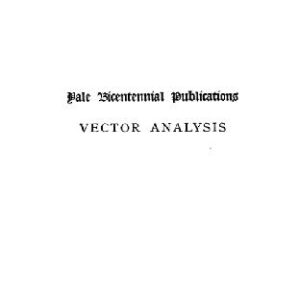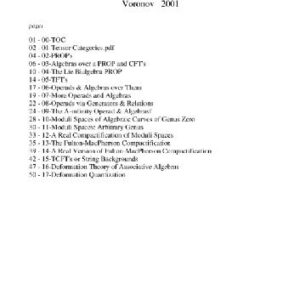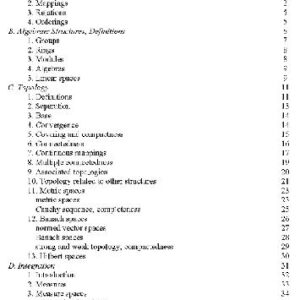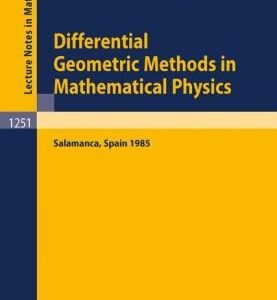Relativistic Many-Body Theory treats ? for the first time ? the combination of relativistic atomic many-body theory with quantum-electrodynamics (QED) in a unified manner. This book can be regarded as a continuation of the book by Lindgren and Morrison, Atomic Many-Body Theory (Springer 1986), which deals with the non-relativistic theory of many-electron systems, describing several means of treating the electron correlation to essentially all orders of perturbation theory. The treatment of the present book is based upon quantum-field theory, and demonstrates that when the procedure is carried to all orders of perturbation theory, two-particle systems are fully compatible with the relativistically covariant Bethe-Salpeter equation. This procedure can be applied to arbitrary open-shell systems, in analogy with the standard many-body theory, and it is also applicable to systems with more than two particles. Presently existing theoretical procedures for treating atomic systems are, in several cases, insufficient to explain the accurate experimental data recently obtained, particularly for highly charged ions. This shortcoming is expected to be due to omission of combined QED-correlational effects, included in the new unified procedure.
All methods treated in Relativistic Many-Body Theory are illustrated with numerical examples. The main text is divided into three parts.
In Part I, the standard time-independent and time-dependent perturbation procedures are reviewed. Part II describes three methods for QED calculations, a) the standard S-matrix formulation, b) the Two-times Green?s-function method, developed by the St Petersburg Atomic Theory group, and c) the Covariant-evolution-operator (CEO) method, recently developed by the Gothenburg Atomic Theory group. In Part III, the CEO method is combined with electron correlation to arbitrary order to a unified MBPT-QED procedure. In this procedure the electron correlation can be included to high order, and therefore this procedure is expected to lead to faster convergence than treating the BS equation order by order.
Ingvar Lindgren is also the author of the highly-cited “Atomic Many-Body Theory” book published by Springer.

![[PDF] Relativistic Many-Body Theory: A New Field-Theoretical Approach Ingvar Lindgren (auth.)](https://pdfelite.com/wp-content/uploads/2024/04/d7985c0e4893109343ca58642b1caa67-d.jpg)




Reviews
There are no reviews yet.